Scientology Founder L. Ron Hubbard Was an Ate-Up Navy Officer in World War II — Allegedly
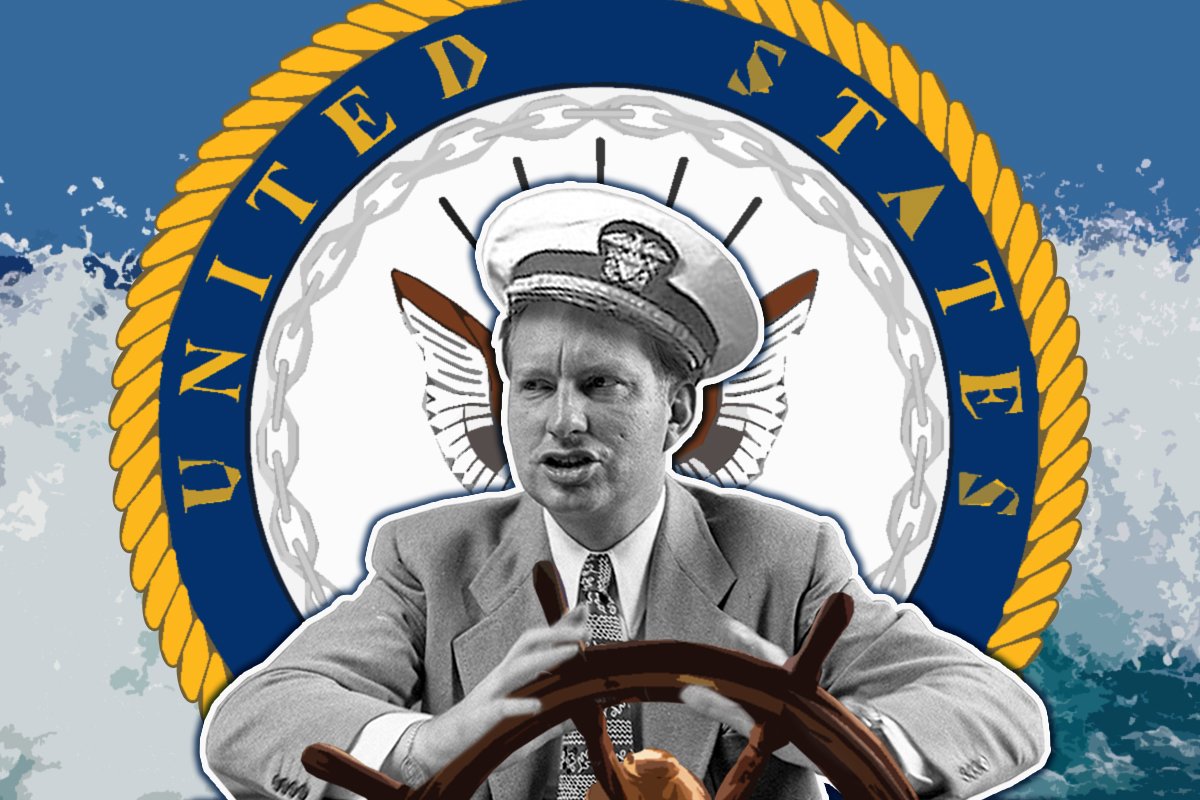
L. Ron Hubbard in 1950 in Los Angeles, California. Illustration by Coffee or Die Magazzine.
L. Ron Hubbard is best known for founding the Church of Scientology, but before he started a religion, Hubbard had a prolific career as a fiction writer and spent a few years in the US Navy where, depending on who tells the story, he was either a hero or a bumbling idiot and malingerer.
In 1974, the Church of Scientology released a memo to outline the “highlights” of Hubbard’s military career. The memo listed numerous service awards, including the Purple Heart, that don’t show up on official Navy personnel records, and claimed Hubbard sank a Japanese submarine off the coast of Oregon and disabled another.
The submarine fight, however, was just another one of Hubbard’s fantastical tales according to the Navy. Here’s how it went down, allegedly …
Hubbard’s submarine chaser, the USS PC-815, embarked on its maiden voyage from Astoria, Oregon, on May 18, 1943, and within hours detected an enemy submarine.
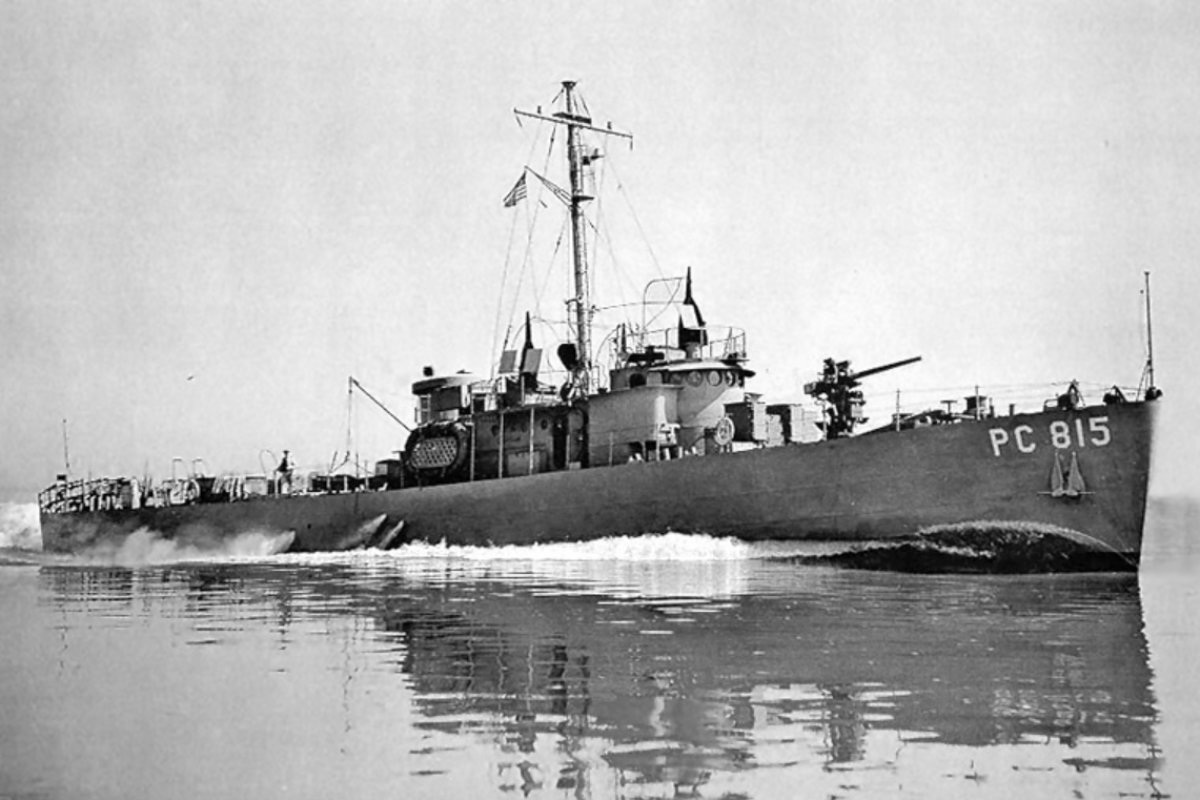
Hubbard recorded the electrifying engagement in a secret action report addressed to the Pacific Fleet commander that reads more like one of Hubbard’s early pulp adventure stories than an official military document.
“The first contact was very good. The target was moving left and away. The bearing was clear. The night was moonlit and the sea was flat calm,” Hubbard wrote. The USS PC-815 released three depth charges in its first attack run. “The ship, sleepy and skeptical had come to their guns swiftly and without error,” he continued.
With “dawn breaking over a glassy sea” at 4:50, the crew spotted an object that seemed to be moving. Even though Hubbard himself wrote that the object was probably a floating log, “no chances were taken,” and the crew used the target to “test the guns which had not been heretofore fired structurally.” The target sank momentarily, then floated back up. The crew opened fire again, and the target vanished.
The USS PC-815 mounted six total attacks on the sneaky “submarine” before running out of depth charges. Reinforcements were sent in but were unable to make contact with the target.
That afternoon, the observation blimps observed oil and air bubbles near the attack site and, finally, a periscope!
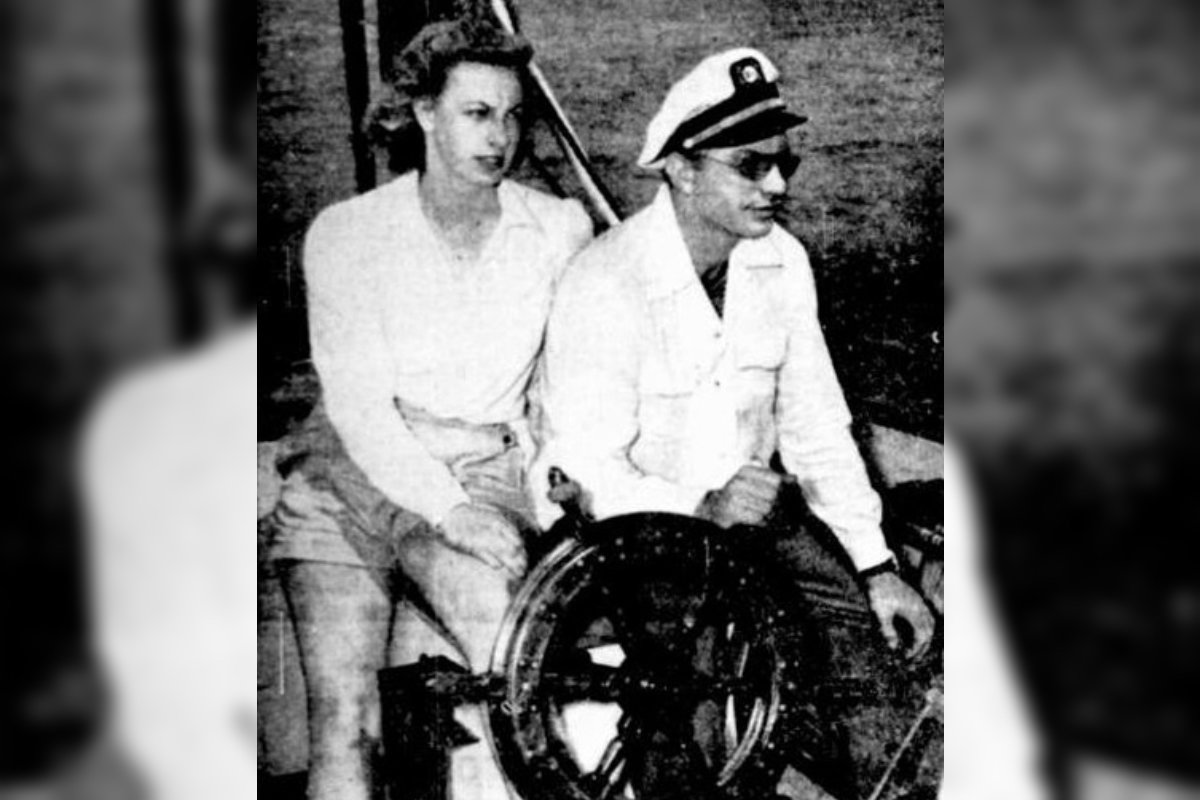
“All guns were now manned with great attention as it was supposed that the sub was trying to surface. Everyone was very calm, gunners joking about who would get in the first shot,” Hubbard wrote.
No submarine surfaced, but Hubbard soon became convinced a second vessel lurked beneath them. Additional reinforcements arrived, bringing more ammunition. A total of five ships and two observation blimps now searched for Japanese submarines. Sweep and search operations continued through the next day and night, but the other ships’ commanding officers weren’t as gung-ho as Hubbard, which the latter complained about in his report, writing they didn’t show “any understanding whatever and refused by their actions to cooperate.” One ship didn’t drop a single charge.
The ships took off north after a report indicated the submarine had surfaced, but they turned back when it turned out to be a fishing boat. Hubbard’s men again opened fire into the ocean on May 21 when they saw two boils of orange oil surfacing.
“Every man on the bridge and flying bridge then saw the periscope, moving from right to left, rising up through the first oil boil to a height of about two feet. The barrel and lens of the instrument were unmistakable,” Hubbard wrote.
Both gunners fired straight into it from a range of about 50 yards, and the “periscope vanished in an explosion of 20mm bullets.”
The USS PC-815 dropped its final depth charges before Hubbard received orders to return to Astoria naval station. The ship arrived the morning of May 22, having spent nearly three whole days searching for submarines.
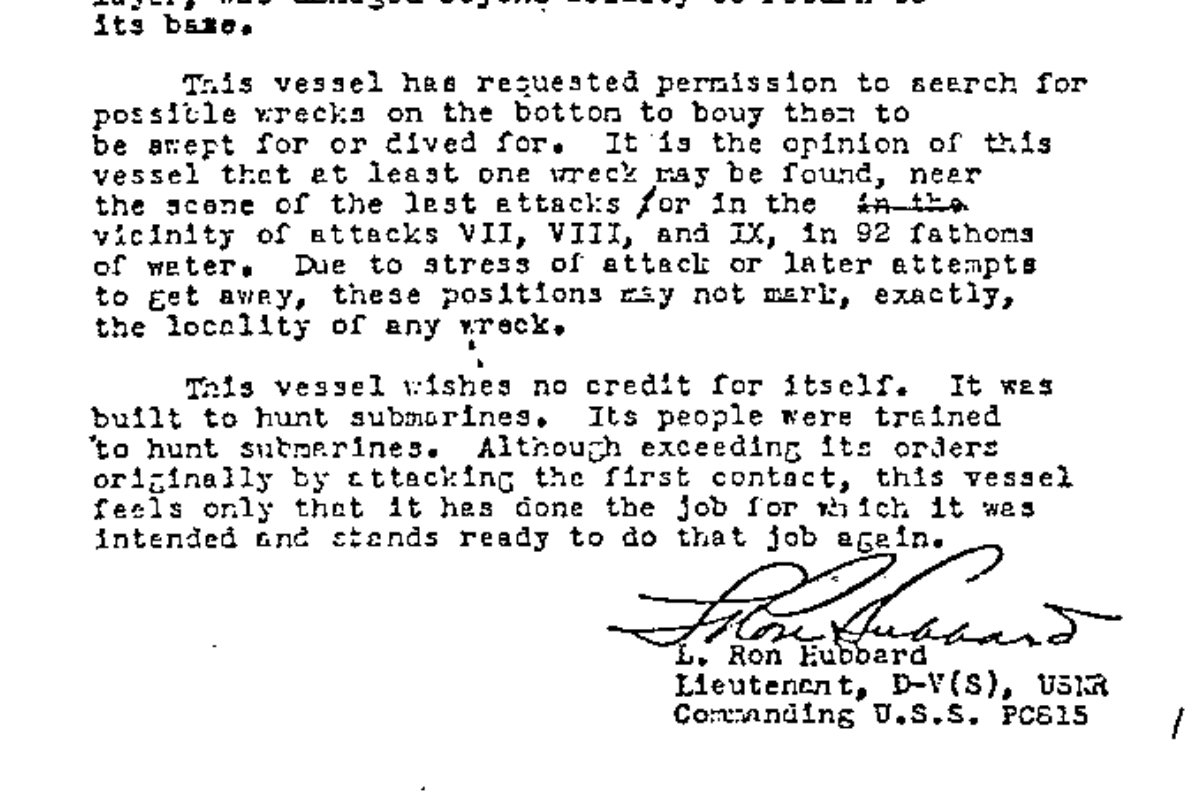
Hubbard was proud of his work, modestly ending his report, “This vessel wishes no credit for itself. It was built to hunt submarines. Its people were trained to hunt submarines. Although exceeding its orders originally by attacking the first contact, this vessel feels only that it has done the job for which it was intended and stands ready to do that job again.”
The Navy? Not so impressed.
Vice Adm. Frank Jack Fletcher investigated and was convinced there was no submarine in the area. Hubbard never accepted this, believing the government just didn’t want to scare the public with news that Navy ships had fought submarines a mere 10 miles from the coast of Oregon, according to Russell Miller’s biography Bare-Faced Messiah.
The blunder might have blown over, if Hubbard hadn’t stepped in it again a month later. On June 28, the PC-815 drifted into Mexican territorial waters. Hubbard’s crew fired four shots with its 3-inch gun toward the Coronado Islands, then anchored off one island and started shooting pistols and rifles, Miller wrote.
Hubbard told a board of investigation he had ordered gunnery practice to train his crew and believed he had the authority to be in Mexican territorial waters. The board disagreed, and Hubbard was transferred to other duties.
The church dropped some of the disputed claims of Hubbard’s heroics after the publication of Bare-Faced Messiah, Miller claims, but the Scientology website still calls its founder “highly decorated for duties under fire.”
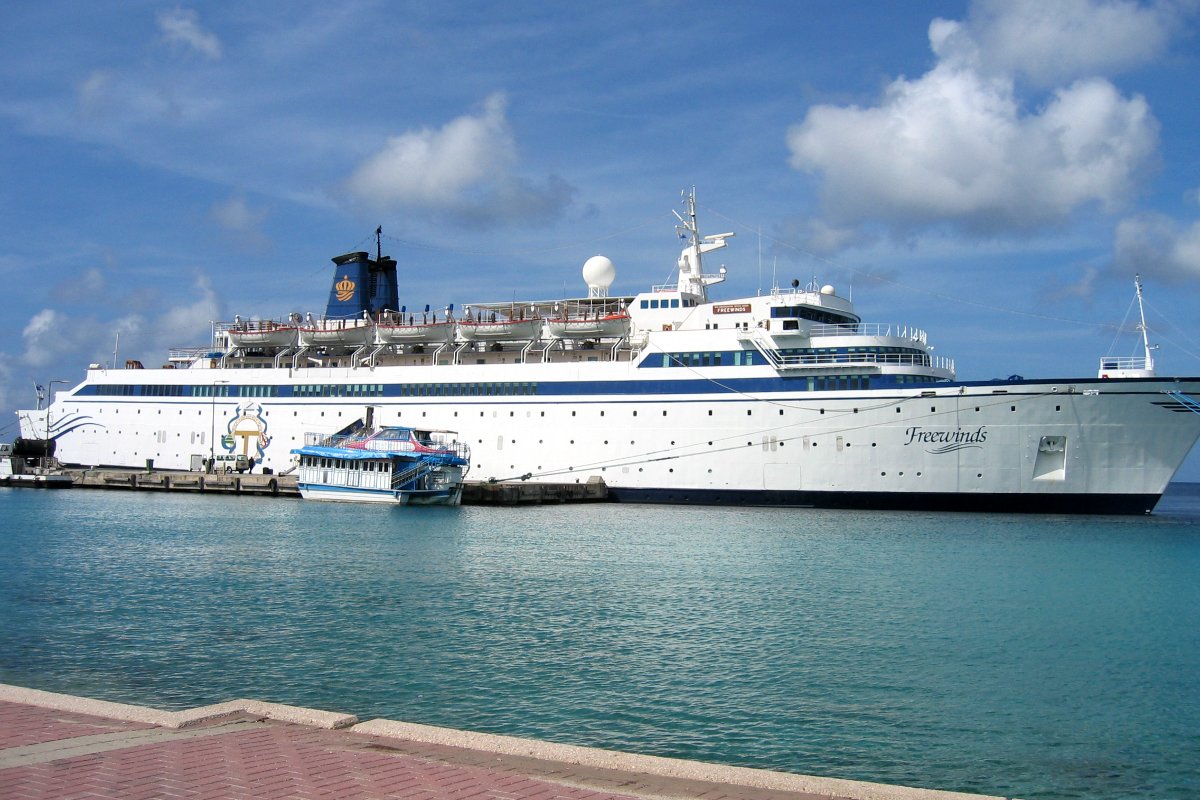
“Left partially blind and lame from injuries sustained in combat, Lieutenant L. Ron Hubbard was diagnosed as permanently disabled by 1945 and hospitalized in Oakland, California,” the website reads. According to Miller, only the final four words of that sentence are true: Hubbard was admitted to a naval hospital for a suspected ulcer. Military records show no combat-related injuries.
Hubbard’s alleged war wounds are a key part of his mythos because he claimed to have cured himself of the ailments using the same techniques that would later become Dianetics, the precursor to Scientology. The Church of Scientology has long called his Navy records grossly incomplete or even falsified.
Despite all the clashes with Navy leadership, Hubbard must have still admired the structure because, in 1967, he founded his own military-esque Sea Organization, declared himself commodore, and staffed his ships with volunteer Scientologists looking for buried treasure. Recruits reportedly sign billion-year contracts, receive a tiny weekly stipend, have the chance to earn medals, and have their own acronyms — but instead of POG it’s DB, for Degraded Being.
So who knows? With all the bizarreness surrounding L. Ron Hubbard, maybe there are two submarines sitting on the bottom of the ocean floor off the coast of Oregon, proving truth is stranger than fiction.
Read Next: This Vietnamese Pilot Stole a Plane and Landed on a US Aircraft Carrier With His Family

Hannah Ray Lambert is a former staff writer for Coffee or Die who previously covered everything from murder trials to high school trap shooting teams. She spent several months getting tear gassed during the 2020-2021 civil unrest in Portland, Oregon. When she’s not working, Hannah enjoys hiking, reading, and talking about authors and books on her podcast Between Lewis and Lovecraft.
BRCC and Bad Moon Print Press team up for an exclusive, limited-edition T-shirt design!
BRCC partners with Team Room Design for an exclusive T-shirt release!
Thirty Seconds Out has partnered with BRCC for an exclusive shirt design invoking the God of Winter.
Lucas O'Hara of Grizzly Forge has teamed up with BRCC for a badass, exclusive Shirt Club T-shirt design featuring his most popular knife and tiomahawk.
Coffee or Die sits down with one of the graphic designers behind Black Rifle Coffee's signature look and vibe.
Biden will award the Medal of Honor to a Vietnam War Army helicopter pilot who risked his life to save a reconnaissance team from almost certain death.
Ever wonder how much Jack Mandaville would f*ck sh*t up if he went back in time? The American Revolution didn't even see him coming.
A nearly 200-year-old West Point time capsule that at first appeared to yield little more than dust contains hidden treasure, the US Military Academy said.












